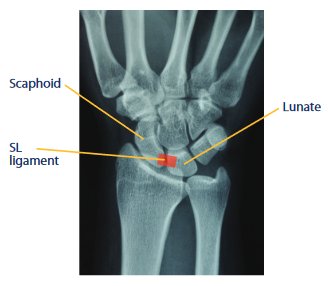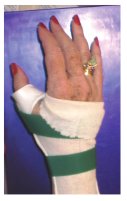nalco group
bone, muscle & joint pain physio
BOOK NOW / WHATSAPP ABOUT YOUR PAIN OR INJURY
- NOVENA 10 Sinaran Drive, Novena Medical Center #10-09, Singapore 307506
- TAMPINES 9 Tampines Grande #01-20 Singapore 528735
- SERANGOON 265 Serangoon Central Drive #04-269 Singapore 550265
Home > Blog > Hand Therapy & Customized Splinting > Conditions > Finger, Hand, Wrist, Forearm & Elbow Conditions > Scapholunate Wrist Ligament Injury Hand Therapy
Scapholunate Wrist Ligament Injury Hand Therapy
“Working with a knowledgeable hand therapist can make the difference between success and failure in complex hand surgical cases. The therapist extends the continuum of our care, as well as functioning as coach and trainer for our patients.”
Marybeth Ezaki, MD, Past President, American Society for Surgery of the Hand
In Phoenix Rehab, our senior hand therapists are experienced licensed and dedicated therapists (physiotherapists and/or occupational therapists) who specialized ONLY in the rehabilitation, treatment and management of painful fingers, hands, wrists, forearm & elbow conditions, because of interest, passion and expertise.

X-ray of the wrist, showing the scapholunate ligament
The wrist is comprised of eight small bones called carpals.
Two of the carpal bones are
- the scaphoid (close to the thumb) and
- the lunate (near the center of the wrist)
The scapholunate (SL) ligament connects the two bones together to help keep the wrist stable for activities that involve heavy gripping or pushing.
When part of the ligament is damaged, it is called a sprain. If the ligament is severely damaged, it may tear completely resulting in a ruptured ligament (100% tear).
What are the symptoms of an scapholunate ligament injury?
The most common symptoms of a SL ligament injury are pain on the thumb side of the hand or on the back of the wrist.
In the early stages, the pain may not be so severe, but a dull ache may linger and worsen with use. If the pain does not go away, medical attention may be needed.
The wrist may also be swollen and may "pop" or click with movement.
What are the causes of an scapholunate ligament injury?

The most common cause of an SL ligament injury involves a sudden fall onto the palm of the hand.
Less frequent SL injuries may occur when a heavy load is applied the wrist, such as in gymnastics or using a jackhammer.
What is the treatment for an scapholunate ligament injury?
Treatment for an SL ligament injury depends on the severity.
For a sprain, immobilizing the wrist for a period of time with a customized scapholunate splint and avoiding gripping/pushing is standard treatment.
A rupture of the SL ligament may require surgery.
What can a hand therapist do for me?
Our senior hand therapist may fabricate a custom orthosis to immobilize the wrist. Regaining pain-free movement and strength of the wrist will be the focus of treatment.
Our senior hand therapists and surgeon will work together to achieve the best outcome for you and your wrist.

Example of an orthosis to immobilize the wrist for an SL ligament injury
Patients may also receive the following hand therapy treatment modalities:
- cold therapy
- heat therapy
- moist heat paraffin wax therapy
- manual therapy
- joint mobilization
- ultrasound therapy
- stretching exercises
- strengthening exercises
- scar management
- etc
